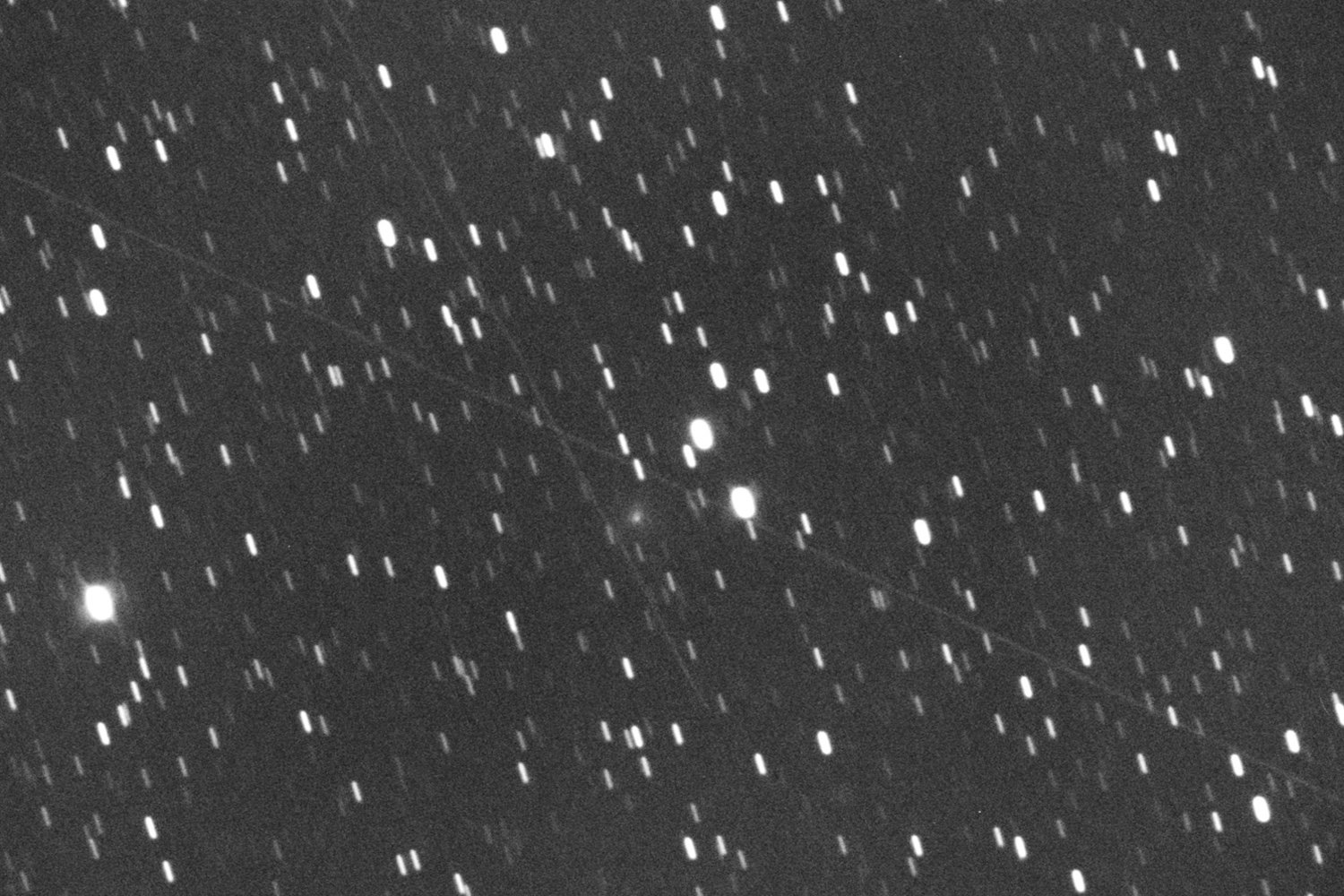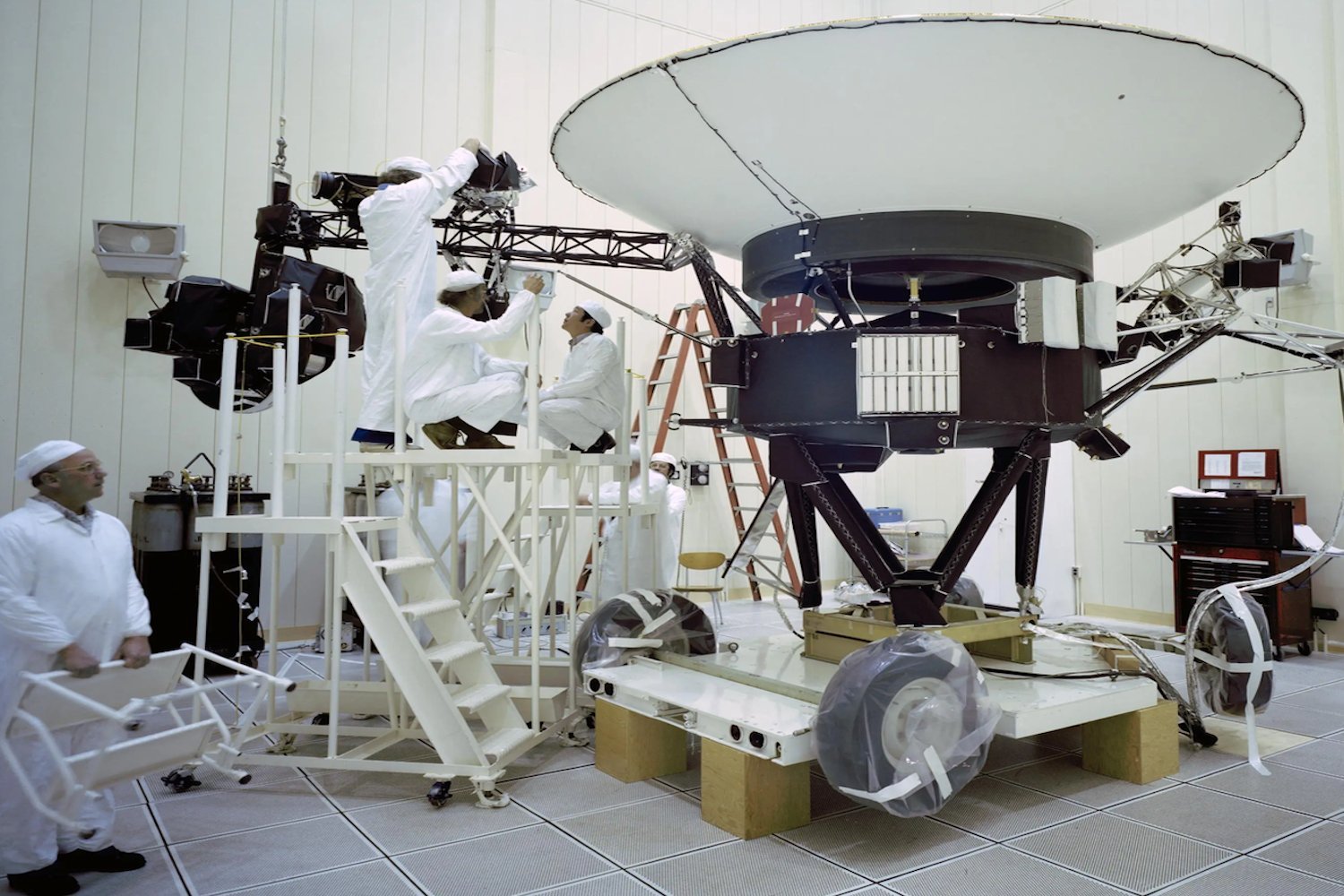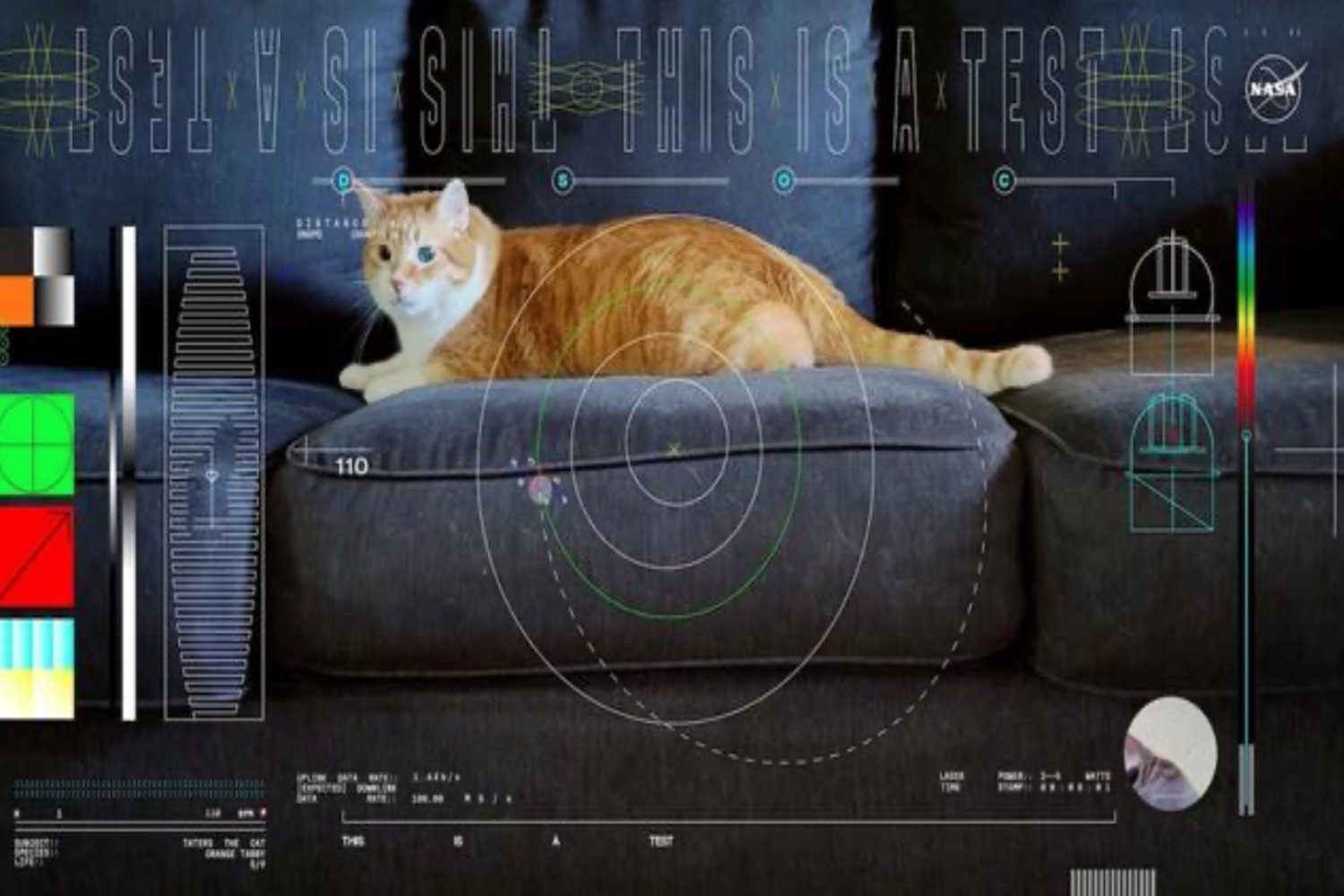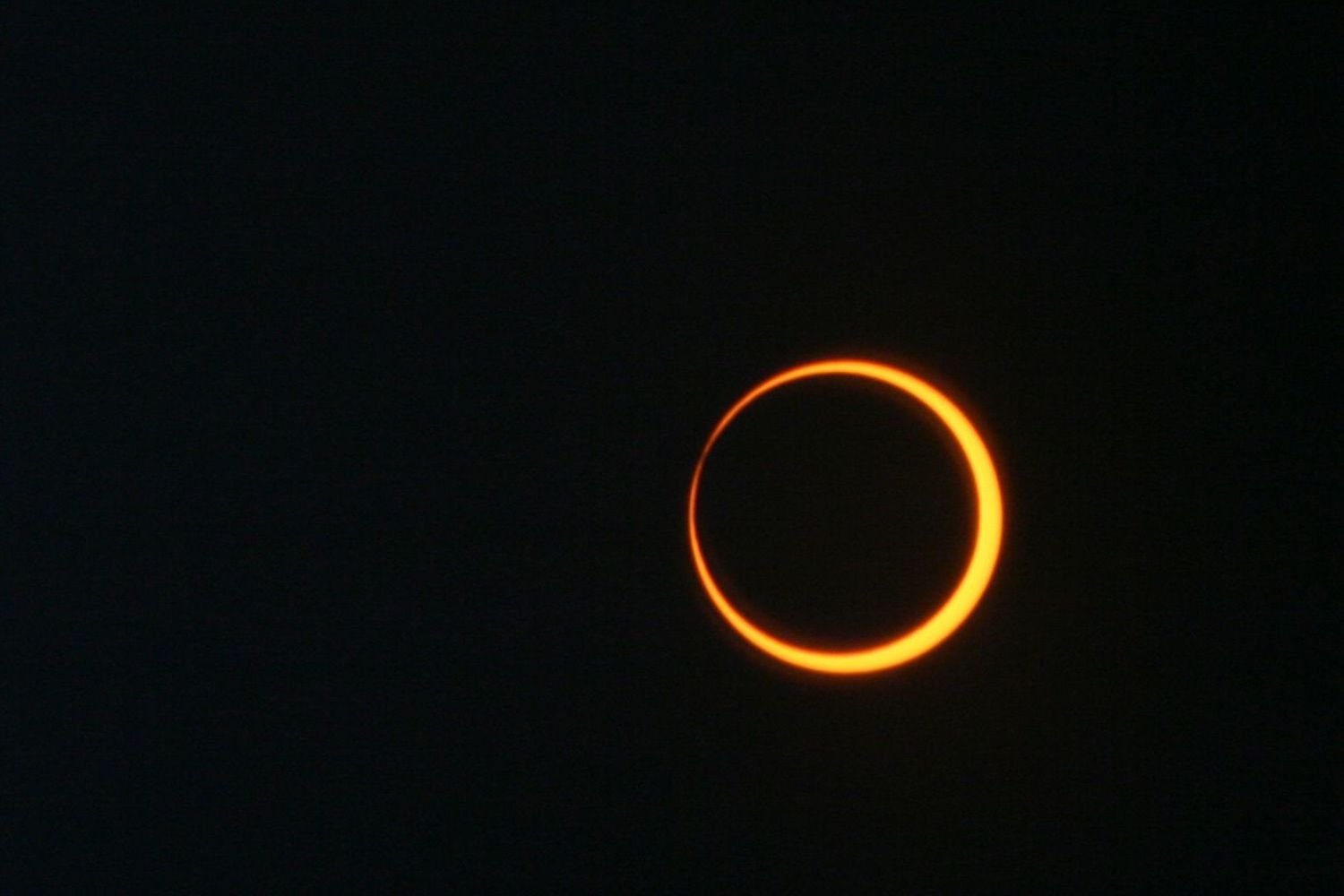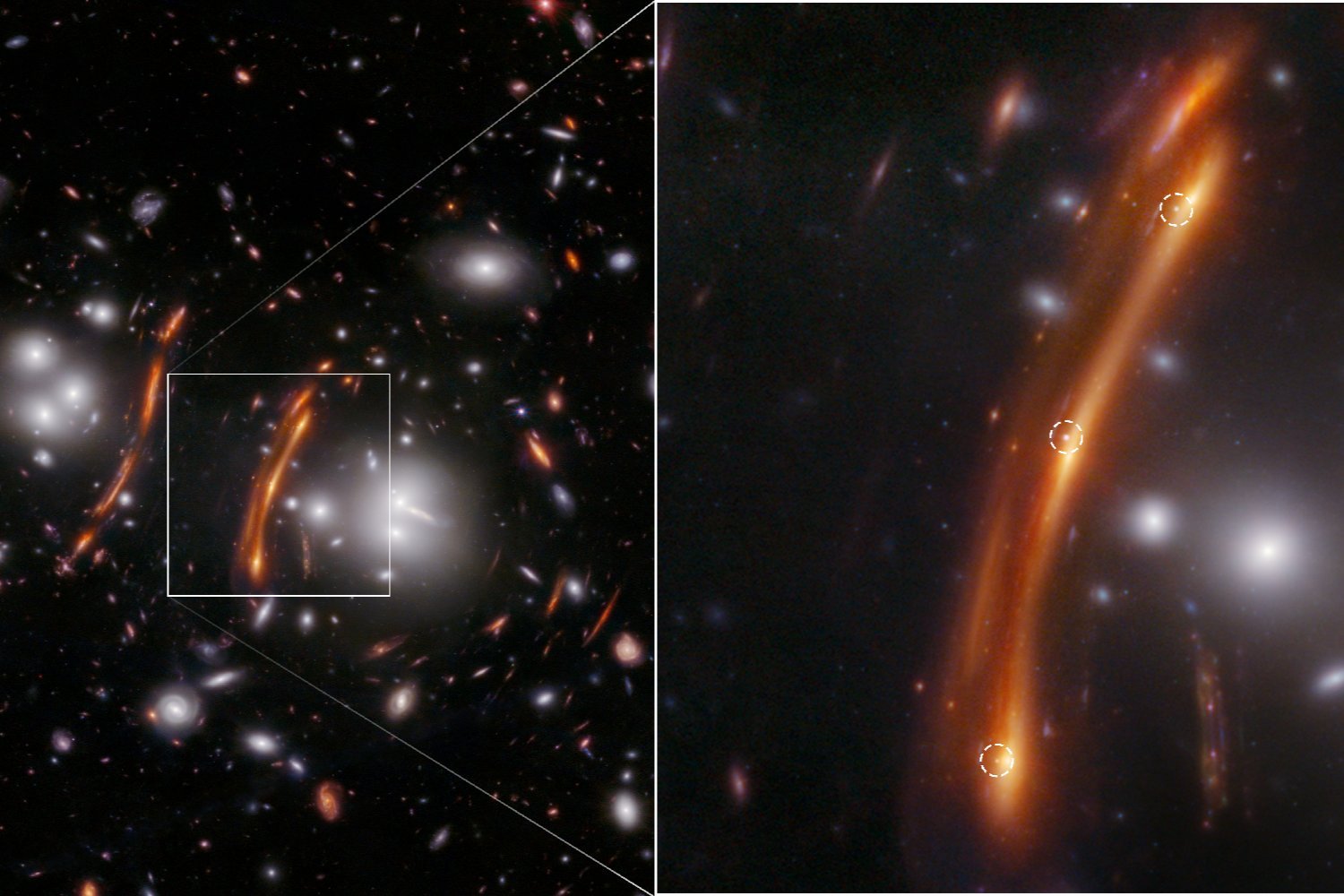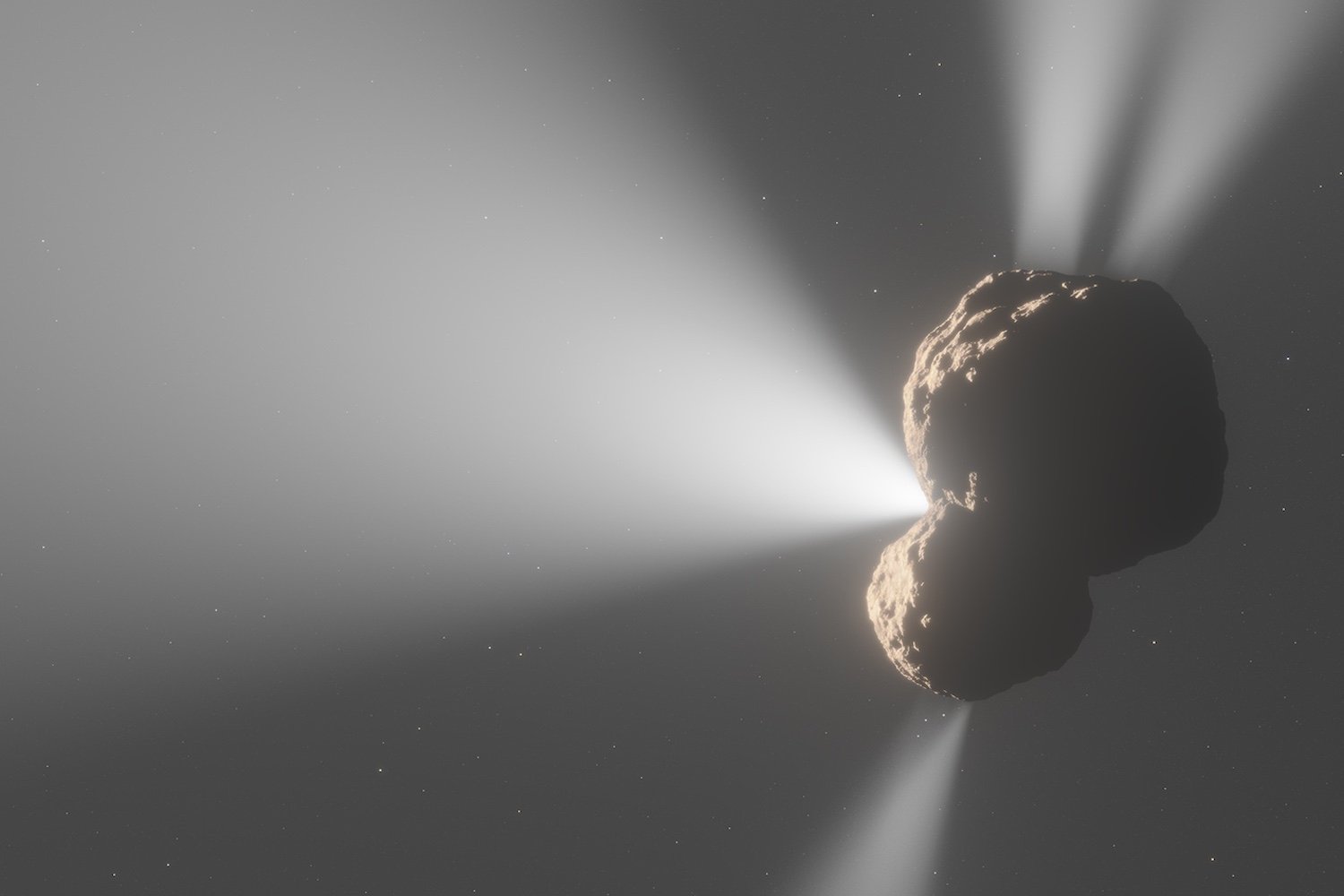Barnard’s star, the closest single star to our Sun at just six light-years away, has been confirmed to host at least one exoplanet. This discovery, based on five years of data from the European Southern Observatory’s Very Large Telescope in Chile, reveals a fascinating, albeit inhospitable, world.
The exoplanet, designated Barnard’s star b (or Barnard b), is significantly different from Earth. Orbiting its red dwarf star much closer than Mercury orbits our Sun, it completes a full orbit in just over three Earth days. This proximity results in a scorching surface temperature of approximately 257° Fahrenheit (125° Celsius), making liquid water and life as we know it impossible.
Barnard’s star is a red dwarf, considerably smaller and cooler than our Sun, with roughly one-seventh of its mass. While Proxima Centauri in the Alpha Centauri system holds the title of the closest star system to our Sun, Barnard’s star is the nearest solitary star. Its low energy output means that if Earth were to orbit it, life as we know it wouldn’t exist.
“Barnard b is among the lowest-mass exoplanets discovered,” explains Jonay González Hernández, lead author of the study published in Astronomy & Astrophysics and researcher at the Instituto de Astrofísica de Canarias in Spain. “It’s also one of the few known exoplanets with a mass less than Earth’s.”
This confirmation follows earlier hints of potential planets around Barnard’s star, notably in 2018, but this new research provides conclusive evidence. While the team initially searched for planets within the habitable zone, where liquid water could theoretically exist, Barnard b lies far outside this region.
“The discovery of Barnard b, alongside previous findings like Proxima b and d, demonstrates that our cosmic neighborhood is teeming with low-mass planets,” notes study co-author Alejandro Suárez Mascareño, also a researcher at the Instituto de Astrofísica de Canarias.
Intriguingly, the research also suggests the presence of at least three more potential exoplanet candidates orbiting Barnard’s star. Further observations are needed to confirm these possibilities.
The future of exoplanet discovery looks bright, with instruments like the Extremely Large Telescope, the James Webb Space Telescope, and the Transiting Exoplanet Survey Satellite (TESS) poised to uncover more of these relatively nearby alien worlds.




